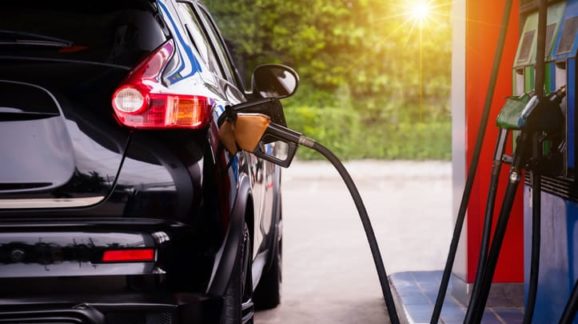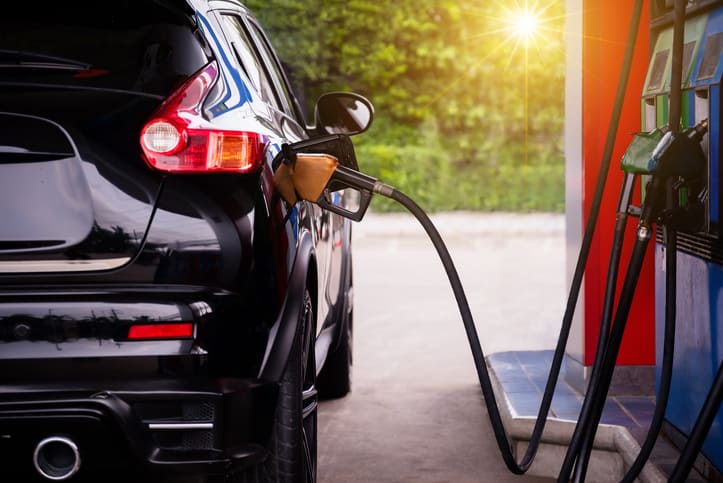Trump Administration Finalizes New Vehicle Fuel Economy Rule

 The Department of Transportation and the Environmental Protection Agency on March 31 announced their final Safe Affordable Fuel Efficient (SAFE) Vehicles Rule. It replaces the 2012 CAFE rule and, together with the withdrawal of the California waiver last September, fulfills one of the biggest parts of the Trump administration’s commitment to undo President Obama’s climate regulatory agenda.
The Department of Transportation and the Environmental Protection Agency on March 31 announced their final Safe Affordable Fuel Efficient (SAFE) Vehicles Rule. It replaces the 2012 CAFE rule and, together with the withdrawal of the California waiver last September, fulfills one of the biggest parts of the Trump administration’s commitment to undo President Obama’s climate regulatory agenda.
The new vehicle fuel economy rule differs in several major respects from the August 2018 proposed rule. Most notably, the final rule requires 1.5 percent annual improvements in average fuel economy through 2026, whereas the 2018 proposed rule would have ended any required improvements in 2021. The 2012 Obama rule required 5 percent annual improvements.
The agencies forecast that, compared to the 2012 rule, the new rule will reduce average new vehicle costs by approximately $1,000, increase the number of vehicles sold by 2.7 million, and result in 3,300 fewer highway crash fatalities, primarily because more people will be driving newer, safer cars and light trucks.
My view is that the rule plus the revocation of the California waiver is a huge win for auto buyers and drivers, but it should and could have gone much further in increasing consumer choice, especially in terms of safer vehicles, and still have complied with the Energy Policy and Conservation Act of 1975 that created CAFE standards.
On the other hand, initial reactions from environmental pressure groups and Democrats in Congress was overwhelmingly negative. Inside Climate News called it the “largest climate rollback ever” and quoted Dan Becker of the Sierra Club, who said that “Trump is recklessly driving us over a climate cliff.” That may be hyperbole: The experts at the National Highway Safety Transportation Administration estimate that the SAFE rule will increase atmospheric concentrations of carbon dioxide by a few thousandths of a part per million (the current CO2 concentration is around 415 parts per million) compared to the 2012 rule.
EPA Administrator Andrew Wheeler answered some of the critics in a tweet: “Too many reporters fail to mention one very important point: the Obama era CAFE standards were not attainable by the auto industry. The truth is, the SAFE rule sets realistic standards, will reduce pollution, and save lives!”
The American Energy Alliance released a joint letter on April 3 in support of the SAFE rule, which was signed by over 40 nonprofit organizations.